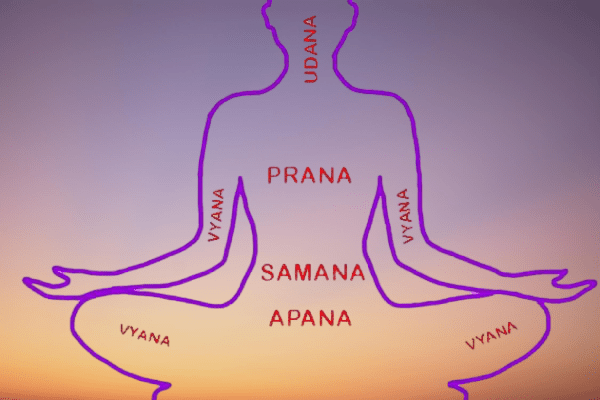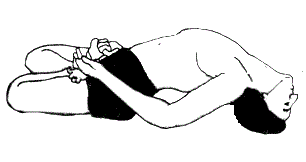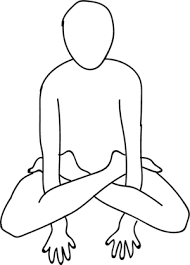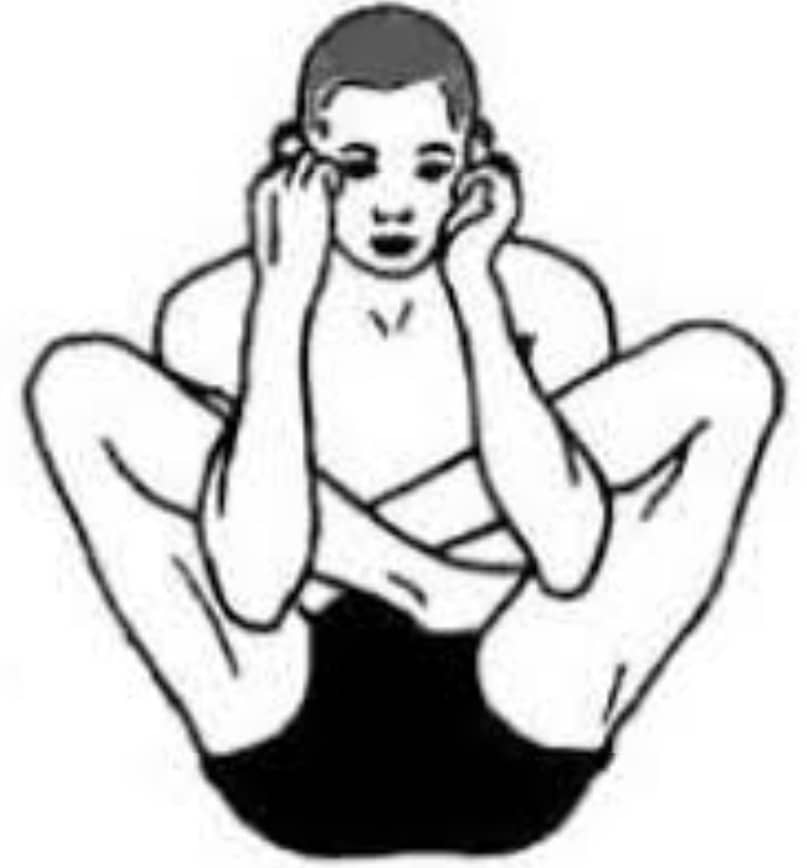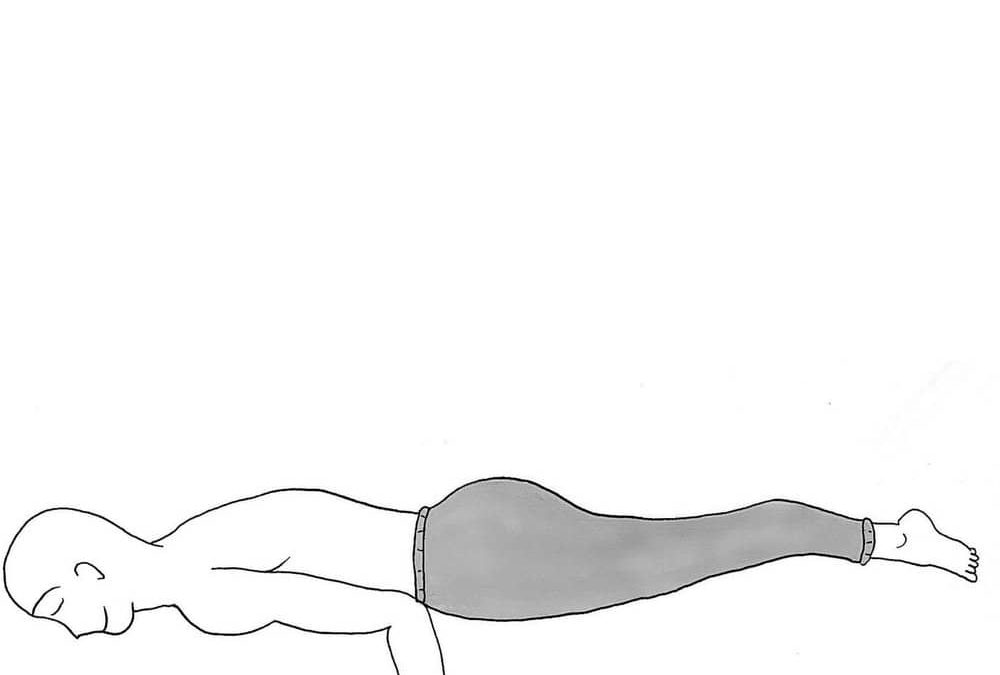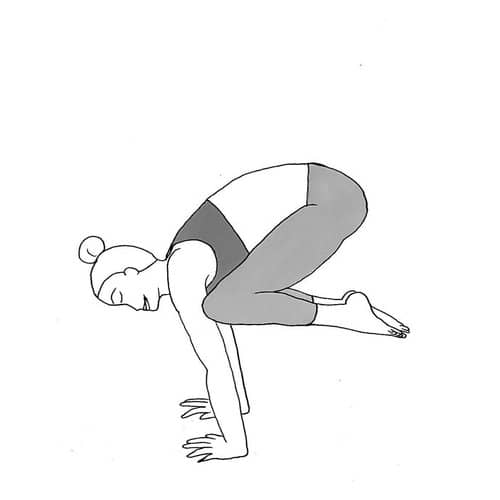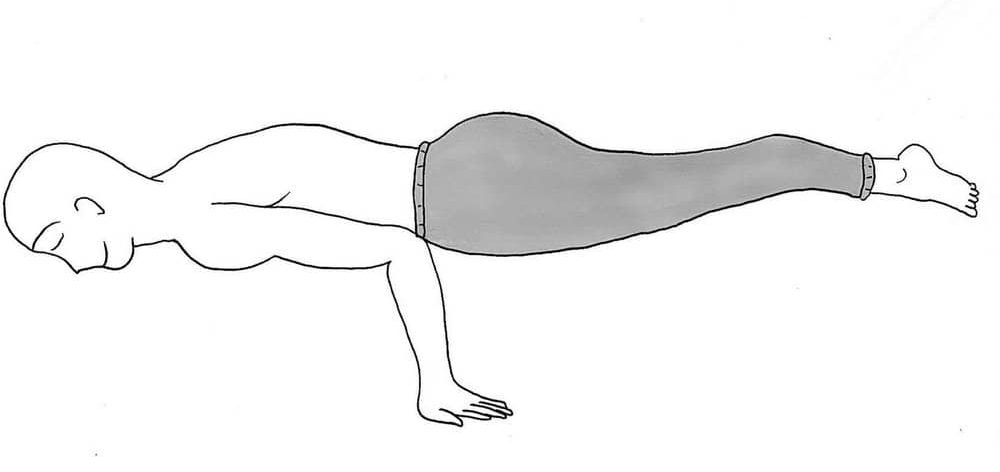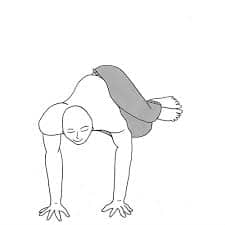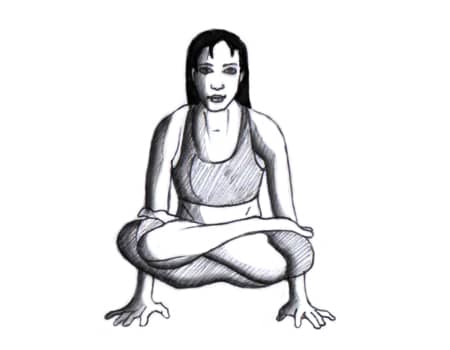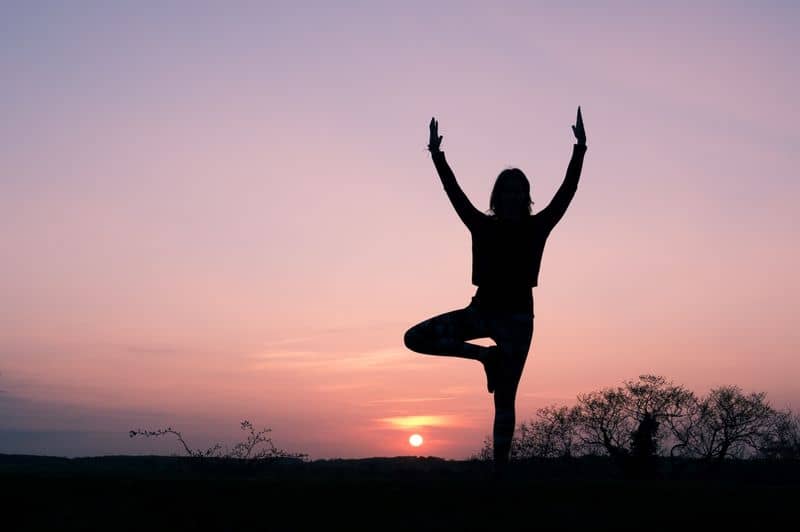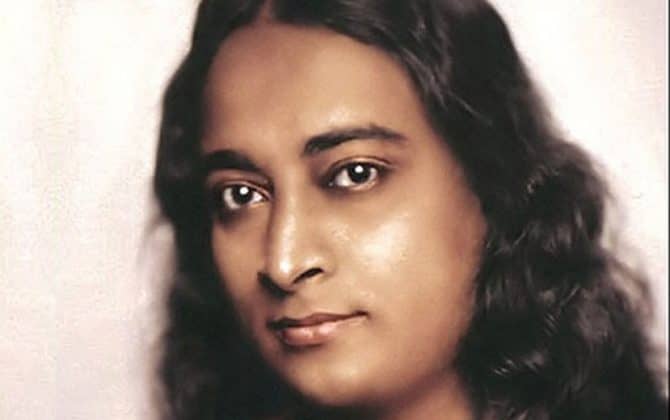
by Yoga In Nepal | Dec 11, 2020 | Yoga
Pancha Prana in Human Body
The life force, which is responsible to run our life, is called prana. The fundamental energy is responsible for running the lives of humans. Most importantly, the Pancha Prana is made up of five forms, which are Apana, Prana, Samana, Udana, and Vyana. The fundamental forms are responsible for the functions of the body. There are peculiarities in all these forms. For example, the color of the Prana is bluish or greenish. The function of the Pancha Prana is to pacify the nervous system of the human body through the healing powers of the breathing techniques.
Some of the Hindu scriptures have mentioned the use of the life force. The ancient yet important Yoga vashistha 3:17 has delineated the prana is the divine force that is responsible to perform anything and everything in the body. Just like the mechanic, perform with the machine. The mechanic is responsible to mend the machines and run them in the correct form therefore the prana is also responsible for doing a similar thing. I.E to correct the body and make it in proper shape.
Apana
Among Pancha Prana, Apana is considered as the another form of life force, which is responsible for controlling the excretion. Usually, Apana is represented by the black color. Apana is also called downward flowing of the air or Vayu, which is situated from the navel to the mooladhara also popularly known as base plexus. Moreover, the fundamental role of Apana is excretion, helping in the reproduction and keeping up the reproductive tracts in proper shape, which examines and runs the large intestine, genitals, kidney, and anus. Mostly, Apana is in association with the water and is black.
Samana
Samana is an important Pancha Prana. It is the another life force that has its function like helping in digestion, running the metabolic functions, keeping the circulatory system in the proper shape, keeping the heart in the good condition, and helping in the secretion of the gastric, pancreatic, stomach juices and liver. The analogy of Samana is Fire. Samana flows in the sideways starting from the navel and ending to the diagram.
Prana
Prana is the most important life force of Pancha Prana, which flows upward starting from the chest and ending in the chest. The force of Prana helps in the drawing breathe into the body of the human. The analogy of Prana is compared with the element of the Air.
Udana
Udana is responsible for examining and keeping the area above the neck in proper shape. Above the neck, all five organs are accounted for. Udana is also responsible for examining the thought and consciousness of the human body. Likewise, this particular pancha prana galvanizes the feet and all the muscles and nerves associated with them keeping the ligaments and joints in the proper shape. Therefore, it is easy to make the posture of the human body in an erect position. Mainly the element of the Udana is linked with ether space. The color of Udana is red and helps to regulate the red blood cells in the human body.
Vyana
The main function of Vyana is to control and coordinate all the movements in the body. Likewise, Vyana helps in the regulation of the body. Thus makes the regulation of the body easier.
The function of the Vyana is mainly associated with the reserve force of other pranas. The element associated with Vyana is Mother Earth. The color of Vyana is yellow-orange. The voluntary and involuntary movements are controlled and regulated.
In a bid to make the pancha prana in the better shape we need to keep the harmonious relationship with the Pranas. Various mudras help you to achieve that. Hasta mudras should be practiced to keep them in a healthy and hearty condition. For that, you need to close your eyes and practice for 20-25 minutes in a row.

by Yoga In Nepal | Dec 9, 2020 | Yoga
Padmasana Group of Asanas
Padmasana or lotus position is a crossed-legged yoga posture that helps to calm our mind and alleviate our physical alignments. It is the most popular and ancient form of yoga. Padmasana is taught as the primary yoga postures before practicing any other forms of yoga. The word ‘Padma’ means lotus in Sanskrit so it is called lotus posture also. Another reason for naming it so is because this posture resembles the beauty of the lotus flower.
It is a key element before jumping into any other yoga postures but one may forget how difficult is this posture, to begin with. Sometimes this yoga Asana can hurt your knees the key here is not getting hurt as far as possible. Regular practice of this yoga helps to aid the overall Human system and strengthen our body.
The pose is ancient and is described along with other sitting postures in so many books. The name padmasana is from the Sanskrit word ‘ Padma’, which means lotus, and ‘asanas’ which means postures. Asian considers scared lotus as the symbol of growth, perfection, and enlightenment. This is because it is rooted in the mud at the bottom of the pond but still rises so beautifully and blossoms over water.
The following are some of the types of padmasana with description:
1. Yogamudrasana (physic union pose)

It is a forwardly seated bending yoga posture and is known as a physic union pose. Pregnant ladies and women undergoing period should avoid this yoga. It enhances flexibility and tone up the internal organs of the abdomen.
2. Matsyasana (fish pose)
The procedure to this pose is to recline in the back and bend your knees. People who suffer from heart disease, high and low blood pressure should avoid matsyasana. This pose helps to relieve respiratory problems and strengthen the upper body.
3. Gupta padmasana (hidden lotus pose)
This pose is not quite familiar and is not widely practiced but it has so many benefits. Pregnant women, people with knee injuries and lower back pain should avoid this pose behind your back and
4. Baddha padmasana (locked lotus pose)

This pose is an advanced level of padmasana. You need to keep your feet high in your thighs placing your right hand and reaching around till your right hand is close to the left hip. Those who are suffering from a severe back injury, hip injury, ankle injury, and knee injury are strictly prohibited to perform this yoga.
5. Lolasana( swinging pose)
It is a pendant pose and is mostly about balancing the body by hand. Lolasana challenges the core muscles, shoulder hips, etc so people with injury and recent surgery should avoid lolasana.
6. Kukkutasana (cockeral pose)

The hands are stuck behind the knees and hands support the weight of the body. It strengthens the muscles, wrist, elbows, and develops a sense of balance with stability. People with carpal tunnel syndromes, arthritis, blood pressure, hips-knees-wrist injuries should avoid this pose.
7. Garbha pindasana ( foetus in the womb pose)

It is a seated balancing asana in Hatha and modern yoga. This pose helps to relax the whole spine and is very helpful for abdominal cramps. Garbha pindasana should not be practiced with problems of knees, hips, and ankles.
8. Tolangulasana (weighing scaling pose)

To perform this Asana, you need to seat in lotus pose raising your legs to the height and putting your all weight on your forearms and buttocks. People with weak abdominal muscles, stiffness, or injuries in the wrist should avoid this Asana.
Before jumping into any kind of padmasana, you need to take proper precautions and be aware of your body and its strength.
Benefits of padmasana
- Best yoga for meditation.
- Good for abdominal and pelvic organs.
- Aids indigestion.
- Controls blood pressure.
- Good for the ankle and knees
- Regularize mensuration.
- Weight loss and weight balance.
- Helps in childbirth.

by Yoga In Nepal | Dec 8, 2020 | Yoga
Eight Arm balancing yoga posture, benefits, and precautions
Yoga has different poses to offer. Among many poses, arm balancing yoga posture is the next level pose, which looks alluring yet nothing but daunting to perform. Only seasoned practitioners can perform arm balancing yoga posture. Nonetheless, those practitioners who have a good grip over the balance of the arms can easily work on the arm balancing yoga posture. In the long run, by practicing continuously, the practitioners can become perfect on the arm balancing yoga posture. In this article, we will delve into various poses and come up with the easiest way to perform the arm balancing yoga posture.
1. Crow Pose (Bakasana)

Among eight-arm balancing yoga posture, for most of the people crow pose of bakasana, is the easiest way to kick off the eight-arm balancing yoga posture. The universal and widely accepted law of physics the law of center of gravity comes into action while practicing crow pose. The practice of pose allows you to know your center of gravity, and most importantly the way to balance it. For the new yoga practitioners, it is usually recommended to practice with caution to avoid injury.
2. Arm Pressure Pose – Bhujapidasana

The second arm balancing yoga posture is arm pressure yoga.
The yoga pose is a bit tough than the crow poses to practice because you have to be proficient to put your legs on both sides of your shoulders. In a bid to make the lifting of the ankle easier, it is necessary to hook the ankle in front so that you could practice the pose with ease.
3. Peacock pose

It is not easy to practice, as it is to hear the peacock pose. It is a bit different from practice because it requires an arm set up to practice. The elbows must go below the stomach of the practitioners with the hand turning backward. Here also the center of gravity plays an important role.
4. Side crow

Side crow asana is one of the famous arm balancing yoga posture. Side crow is the refined pose of crow pose practice. Those who are comfortable with practicing the crow pose tend to move to the next level by practicing side crow pose. The two versions of the pose are you have to first learn the pose with the hips on one arm and keep your knees on the next one. Most of the practitioners who practice the pose feel comfortable with the pose if they practice it regularly.
5. Eka pada koundinyasana-1
Eka pada koundinyasana is the refined version of the side crow position. The yoga practice is a one-legged position, which is mainly dedicated to the sage Koundin. It is usually recommended to extend the leg in a straight position and it is usually said to put the bottom leg in a straight position in a resting position ab above the ground. You should lift it not put it below.
6. Eka pada koundinyasana-2
Yet another enticing arm balancing yoga posture is Eka pada koundinyasana. It is usually a completely different position, even though it sounds like the extension of Eka pada koundinyasana. Nevertheless, the balancing act still matches with the crow pose. In this pose, you should put your thigh as up as possible and approach it towards your shoulder as if your leg is your backpack.
7. Scale pose

Two factors determine the easiness to practice scale pose: the first one is the strength of the practitioners. The second one is the easiness of the practitioners to sit comfortably in the lotus position. Because it is not a cup of tea to sit in a single position for a longer period.
8. Eight Angle Pose – Astavakrasana (Shree Ganesh position)
Finally yet importantly arm balancing yoga posture is the elephant’s trunk position or eight angle pose. The leg is put in the higher position, mostly on your arm and your hips are lifted off the ground. Your ankles are hooked together, your chest is put forward, and most importantly, your hips are placed backward.
You may like the post: 8 breathing techniques for a healthy life

by Yoga In Nepal | Nov 30, 2020 | Yoga
Five Types of Chitta- The State of Mind
The translation of Chitta into English becomes five states of mind. The state of mind has a different level in the yogic realm. To perform better in life it is necessary to have your five Chitta or the five states of mind in the proper shape. Chitta is the consciousness of the human mind. Chitta is the heart of the emotional state of the mind that is responsible to affect the majority of the work if our Chitta is not in a good state of mind.
Chitta is responsible for the particular direction of nature. There are five Chitta in particular. Practicing yoga and meditation can help you achieve the upgraded form of your Chitta. To be blissful he needs to clean their Chitta at a regular interval. It is achieved by practicing yoga and meditation on the regular basis. Various yoga forms describe the cleaning of Chittas by focusing on thyself. It is achieved by removing Brittis( which is also called a bad state of mind due to the undulating thoughts in the mind). The five types of Chitta are:
Kshipta (To not have concentration and have a bad state of mind due to undulating thoughts in the mind.)
Mudha (To be completely dull and have torpor state of mind)
Bikshipta (To be partially concentrated)
Ekagra (To be concentrated to one point)
Niruddha (To be fully controlled and managed)
Kshipta (To not have concentration and have a bad state of mind due to undulating thoughts in the mind)
Kshipta is the condition of the mind where people do not have uniform thoughts and has been constantly bombarded with undulating thoughts. The undulating thoughts reach the level where people cannot stand sit comfortably for a few minutes. They will stand all the time and meander here and there. It is common for our mind to fluctuate with our thoughts and feelings. However, excessive fluctuation does not reap good fruits. The undulating thoughts lead to Rajas’ characteristics. Without caring for own wellbeing of mind, body, and soul, people excessively work for personal growth with an excessive desire to earn materialistic things. They work for benefitting personal desires.
The five ‘bikars’, which are love, attachment, lust, anger, hatred lead people to this state of mind. The mind gets restless and gets scattered with the negativity. In a bid to purge such thoughts, people should practice self-realization and incorporate yoga and meditation in their lifestyle. If we get swayed with desires then the vicious cycle of desires never come to an end. To placate such thoughts we need to regularly practice mindfulness meditation.
2. Mudha (To be completely dull and have torpor state of mind)
Mudha refers to have an utterly dull state of mind. It is also regarded as the lowest consciousness state of the mind and soul. Mudha does not pops out of blue. Lust, greed, anger, fear, anxiety, and stress are the causation of the mudha state of mind. When one has a mudha state of mind they cannot concentrate on one state of thought. They become lethargic and others Tamashik guna or Tamas Guna follows. People cannot differentiate between correct and incorrect.
Nor people can carry out good deeds, as the mind is weakened due to torpor thoughts. The excessive thoughts of torpor lead people to have prolonged sadness. This can be redressed by practicing yoga and meditation.
3. Bikshipta (Partially concentrated)
In this state of mind, people are partially concentrated, the concentration is not deep therefore they get distracted soon. This is regarded as the middle state of mind in the yogic realm, where the practitioners can redress the issue by practicing concentration, yoga, and mindfulness for a longer period.
When people are in this state of mind people continue to thrive for a better state of mind. However, they could not achieve this state of mind as the past karmic account is engraved deeply in the state of mind.
4. Ekagra (One Pointed)
Ekagra refers to the focused state of mind, where people get focused on one thing at a time. It is not possible to focus on a single point for the whole day. However, it is possible to be Ekagra at one point at one time. It is the next level after Bikshipta(partially concentrated). The ekagra state is considered the higher state of the mind and it is the most palatable state in the realm of spirituality.
5. Niruddha ( To be fully controlled or managed)
The highest state of mind is called Niruddha. In the yogic realm, Niruddha is considered the best state of being managed or controlled. In Niruddha state, yogis reach the Samadhi state or also called Kaibalya. Only the seasoned practitioner of a yogi can be in this state of mind. In this state, yogis can lead whatever feeling he wants. He is not the slave of the thoughts rather he is the master of his mind and body.

by Yoga In Nepal | Nov 18, 2020 | Yoga
6 Different Dimensions of Yoga
The term Yoga has become omnipresent. The definition of yoga varies with its usage. Of late, Yoga has attracted lots of human beings towards it. There are various dimensions of Yoga, which can open up various dimensions to its practitioners. The intrinsic divinity that a human being carries is unique; however, the divine dimension of a yogi has been veneered by the inability to use them. The divine dimension remains hidden unless utilized properly.
In this article, we delve into various cultural, health, therapeutic, social, educational, and research dimensions of Yoga. Furthermore, we go on to highlight the major fields linked with each dimension of yoga.
1. Cultural Dimension
Nepal is the home to the cultural heritage of Yoga. The ancient Rishis born in Nepal have put forward various dimensions of Yoga in various forms. The transcendental features of Yoga can only be fully comprehended by understanding the spiritual part of yoga and by experiencing the yoga by thyself.
Nevertheless, it is not a cup of tea to understand the transcendental concepts, as umpteen of ignorance that human cultivates in their mind halts from springing them. The spiritual land Nepal has provided various works of literature on Yoga like Vedas, and other various forms of Yoga Sutras including Ramayana and Mahabharata. The people of this land are the safeguards of this literature.
2. Health Dimension of Yoga
In the dictionary of yoga being healthy and hearty refers to the dynamic continuum of the human being. It is not just considered as the state of being attained or being maintained. The lowest range of health is called death in contrast the highest state of being healthy and hearty refers to being immortal. Between the two extremities occurs the state of suffering from diseases and having normal health. Yoga acts as an armor to amend all the aspects of health, which includes physical, mental, emotional, social, and spiritual health.
3. Therapeutic Dimension
Yoga has a therapeutic dimension too. Even modern medicine has embraced the therapeutic dimension of Yoga. Various traditional techniques are used in the therapeutic dimension of Yoga in a bid to heal the malign of a person, improve the health, and increase the longevity of the person. The incorporation of Yoga in modern medicine hinges that Yoga is scientific and can solve the modern problems in health care.
4. Social Dimension
There are various tools in Yoga that helps us to provide the inner satisfaction that ultimately leads us to self and spiritual realization. In the meantime creating a harmonious relationship with various social components. Yoga helps us to cultivate the prerequisite to healthy and hearty things for proper interpersonal relationships. Likewise, yoga cultivates love, compassion, empathy, harmony, peace, gratitude, and responsibility in human nature. Some of the pertinent examples of that yoga aids in the uplifting of social life include:
- Vasudhaivakutumbakam: Everyone in this world is a friend of ours.
- Jiva Karunya: Empathy towards all the creatures of nature.
- Pratipaksha Bhavanam: Being contradictory to negative attitudes.
- Karma Yoga: Seless action expecting nothing at all.
5. Educational Dimension
The educational dimensions of Yoga includes various short and long-term courses that enable the learner to self-development. The courses are run worldwide in various yoga centers. Some of the popular courses include stress management, happiness development, the balance sheet of life, personality development, efficiency development, and many other courses.
Anyone interested to pursue the course can enroll in appropriate yoga centers and increase self-efficiency. Likewise, certificates are provided as the perquisite. The courses like PG diploma courses, Masters, MPhil and Ph.D. and Post-Doc in yoga are offered by many prominent universities.
6. Research Dimension
Various studies have been carried out in the domain of Yoga. These studies include psycho and physiological studies, biochemical studies. The research dimensions of yoga are not limited to such things only. It also includes Clinical studies, Philosophical and Literary studies, and many other studies which are offering knowledge to humankind through various publications in the national and international journals.
All in all yoga is such a powerful tool to change a person or a group of people from I-centric i.e being a selfish person to a We-centric person or unselfish person.

by Yoga In Nepal | Nov 5, 2020 | Yoga
Prominent Yoga Personalities
If we look back to the history of yoga. It takes us back to 5000 years. For over 5000 years, yoga has been some part of life for many people in India and Nepal. Yoga is regarded as the intrinsic part of the health science of many people around the world mainly to yoga practitioners. Yoga is considered a panacea to human health as it is the holistic approach to mental, physical, and spiritual well-being. Yoga has started to gain momentum in the western world also many westerners have embraced yoga. The number of yoga practitioners is increasing rapidly in the western part of the world.
Lord Adiyogi is considered the father of Yoga, as he is the first yoga practitioners. The practice of Yoga was later followed by many other yogis and spread the teaching of yoga to nooks and corners of the country. Likewise, many other yoga practitioners took the teachings of yoga to the western world also making yoga a universal practice. While it is true that all the yoga gurus have strongly followed the path of yoga, however, the goal of the yoga was common that is to spread the ancient teachings of yoga. Likewise, yoga should be connected to personal-wellbeing also.
In this article, we will delve into prominent yoga personalities who have morphed the dimensions of yoga all over the world.
1. Tirumalai Krishnamacharya had a great yoga personality
Tirumalai Krishnamacharya Ji is a prominent yoga personality as he is famous for reviving the traditional art of hath yoga. Likewise, Tirumalai Krishnamacharya Ji is also a prominent ayurvedic scholar, yoga teacher, and a healer. Born in Karnataka on 18 November 1888, Tirumalai Krishnamacharya Ji conflated the breathing practices with the movement to form the Vinyasa yoga. Patanjali Sutra was considered as the principal teaching component. Many of his followers went on to become prominent yoga personalities in the modern world.
2. Swami Sivananda Ji
Swami Sivananda Ji was the prominent yoga personality to combine the Karma yoga, Bhakti yoga, Jnana yoga, and Raja yoga. Swami Sivananda started the yoga journey in the late 30s, notwithstanding that he went on to become one of the prominent yoga personalities of modern times. He spread the teaching of yoga all over the world.
3. B.K.S Iyengar Ji
BKS Iyengar founded Iyengar yoga. He was known as Bellur Krishnamacharya Sundararaja Iyengar. The involvement of B.K.S Iyengar into yoga was due to several maladies Iyengar Ji had to face at the early age of his life. B.K.S Iyengar Ji is the prominent yoga personality to spread the principles of yoga to the western world.
4. Jaggi Vasudev
Jaggi Vasudev is a prominent name in today’s world. He is most commonly known as Sadhguru. Jaggi Ji is the founder of the Isha Yoga Foundation that runs thousands of yoga centers all over the world. The Inner Engineering Program run by the Isha Foundation is the most palatable yoga program throughout the globe. Sadhguru is the prominent personality to spread the yoga principles in the most scientific way that is why most of the youths are attracted to the Isha Yoga in the present days.
5. Paramhansa Yogananda ji
Paramhansa Yogananda is the key personality to spread the Kriya yoga to the western world. He is regarded as the first yogi to teach yoga to the west. His ardent followers include the eminent personalities of all time like Steve Jobs, Tim Cook, and many other famous personalities. Though he has left his mortal coil a few years back, his famous book ‘The Autobiography of Yogi’ is still alive and has been shading lights on Yoga to many youngsters all over the world.
